Narrow cobblestone streets, centuries-old historic sites, exquisite Portuguese dishes, and breathtaking panoramic views. These are a few of the many things you can enjoy on a first trip to Lisbon.
This European gem blends old-world charm with a cosmopolitan lifestyle. So, it is a perfect city to visit, no matter what you’re into.
To help you make the most of your first time in Lisbon, I’ve put together a list with 11 essential things to know before your trip. Whether it’s finding the perfect time to travel, navigating its charming neighborhoods, or discovering iconic sights. this guide is your key to unlocking the magic of Lisbon.
11 Things You Need to Know Before Your First Trip to Lisbon, Portugal
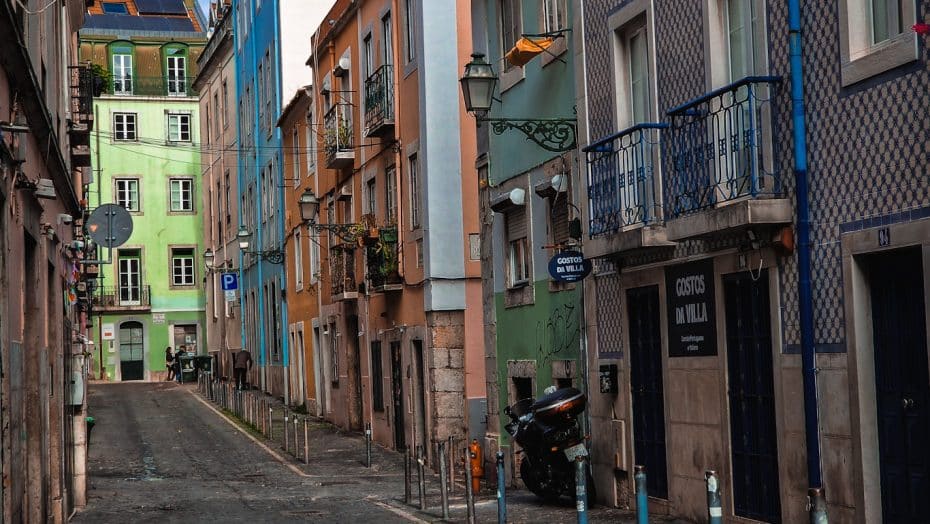
1. History and Location of Lisbon
Lisbon, the capital city of Portugal, is on the western coast of the Iberian Peninsula, along the Atlantic Ocean, at the mouth of the Tagus River.
The history of Lisbon dates back to pre-Roman times. In the 9th century BCE, it was inhabited by Celtic people who founded a settlement known as “Olissipo.” Later on, it was occupied by the Phoenicians and eventually by the Romans. During Roman times, Lisbon was a part of Lusitania province.
After the fall of the Roman Empire in 5th century CE, the Visigoths, conquered Lisbon until their rule was overthrown by Muslim Moors in 711 CE. The Moors made significant improvements to the city’s infrastructure and built its distinctive fortified walls. Lisbon prospered under Moorish rule for centuries but faced significant challenges from Christian forces who sought to reclaim it.
King Afonso I of Portugal accomplished this task in 1147 with the assistance of Crusaders, during the Sieges of Lisbon.
Lisbon became Portugal’s capital in 1255 and played a crucial role in European exploration and trade during the Age of Discovery. In 1755, the Great Lisbon Earthquake caused massive destruction, leading to the city’s reconstruction under Marquis de Pombal’s guidance with a focus on uniform architecture and improved public spaces.
2. How to Get to Lisbon
The Humberto Delgado Airport, located 7 kilometers (4,34 miles) from the city center, serves as the main gateway to Lisbon. Many airlines offer flights to this airport from various cities across Europe and beyond. Hence, you can to Lisbon from countries like Canada, the United States, Spain, France and Italy by air.
You can also reach Lisbon via train. Intercity and international trains arrive at Santa Apolonia Station, located in the eastern part of the city, near the Tagus River. The station provides connections to Porto, Faro, and other cities in Portugal. Additionally, there are overnight trains from Madrid to Lisbon.
Likewise, several bus companies connect Lisbon to domestic and international destinations. The primary bus terminal is Sete Rios Bus Station, northwest of the city center.
Lastly, you can also get to Lisbon via ferry or on a cruise stop.
3. When to Travel to Lisbon for the First Time
In terms of weather, the best time to visit Lisbon is from May to September when the average temperatures are between 20°C (68°F) – 28°C (82°F). Thus, these are great months for outdoor activities and sightseeing. However, during the peak months of July and August, temperatures can sometimes reach 35°C (95°F), which may be too intense for some visitors.
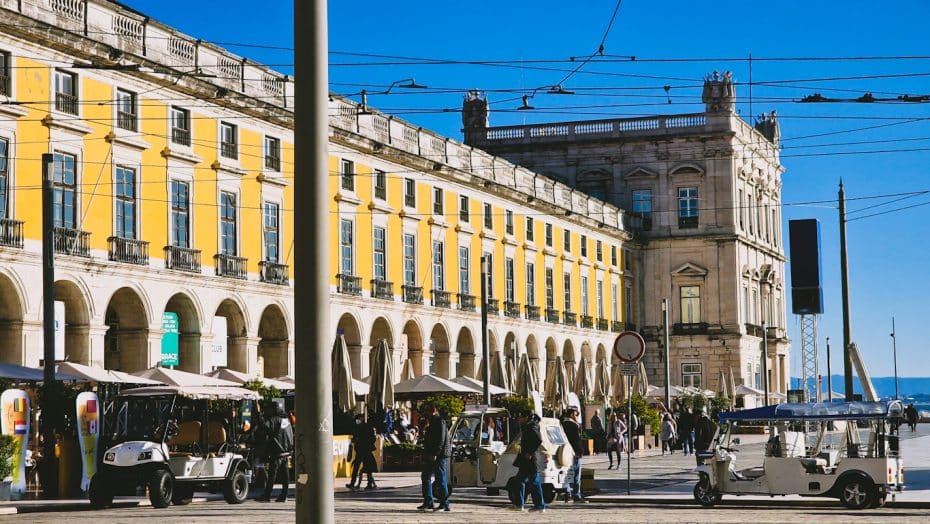
Regarding seasons, spring (March to May) and autumn (September to November) are generally considered pleasant times to explore Lisbon. During these months, the city is less crowded with tourists, and accommodation prices are relatively lower.
As mentioned, accommodations are more affordable during spring and autumn. Furthermore, visiting during these shoulder seasons can also reduce airfare rates. Nevertheless, it is crucial to consider that popular attractions might have altered schedules or maintenance closures outside the peak season.
4. How to Move Around Lisbon
Lisbon’s transportation system includes metro, buses, trams, funiculars, and taxis.
The Lisbon Metro opened on December 29, 1959, and currently has four lines: blue, yellow, green, and red. It covers over 44.2 kilometers in length and travels through 56 stations. The metro service runs from 6:30 am until 1:00 am.
Trams have been a part of Lisbon’s transportation system since 1873 and continue to serve today as both a means of commuting and a tourist attraction. There are five tram routes in the city, with tram 28 being the most popular among tourists as it passes through many historic neighborhoods.
Funiculars are another mode of public transport in Lisbon that addresses the challenge presented by the city’s hills. There are three historical funiculars still in operation today: Glória (established in 1885), Bica (established in 1892), and Lavra (established in 1884).
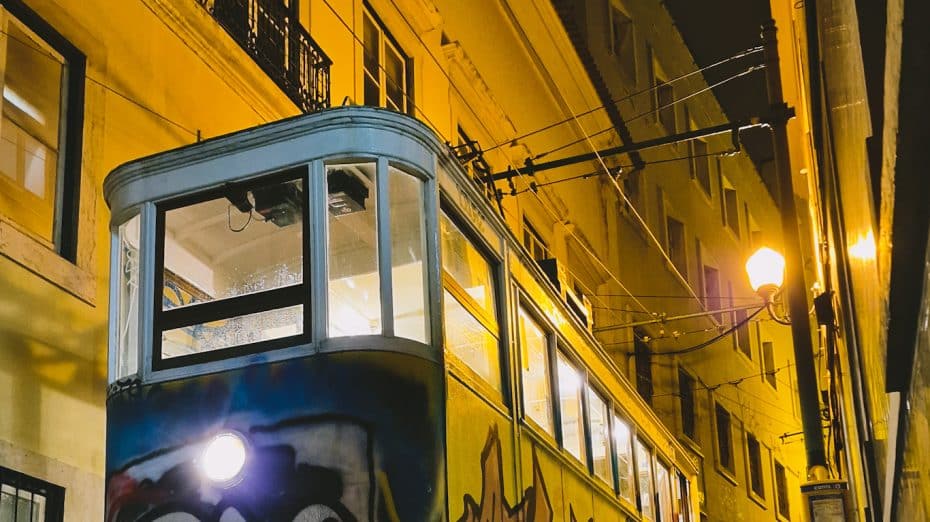
Taxis are also available throughout the city and serve as an alternative means of transportation for those who prefer private or direct travel. Moreover, Uber and other taxi-hailing applications also operate within Lisbon.
Lisbon is known for its hills; however, most central areas can be explored on foot comfortably. That said, distances on Google Maps may seem closer than they are if you need to go uphill.
5. Must-See Attractions During a First Trip to Lisbon
The must-see attractions during a first trip to Lisbon include:
- Belém Tower. Built between 1514 and 1520, this fortified tower is an excellent example of Portuguese Manueline architecture. The tower was initially a defensive structure to guard the entrance of the Tagus River. However, nowadays, it stands as a symbol of Portugal’s Age of Exploration.
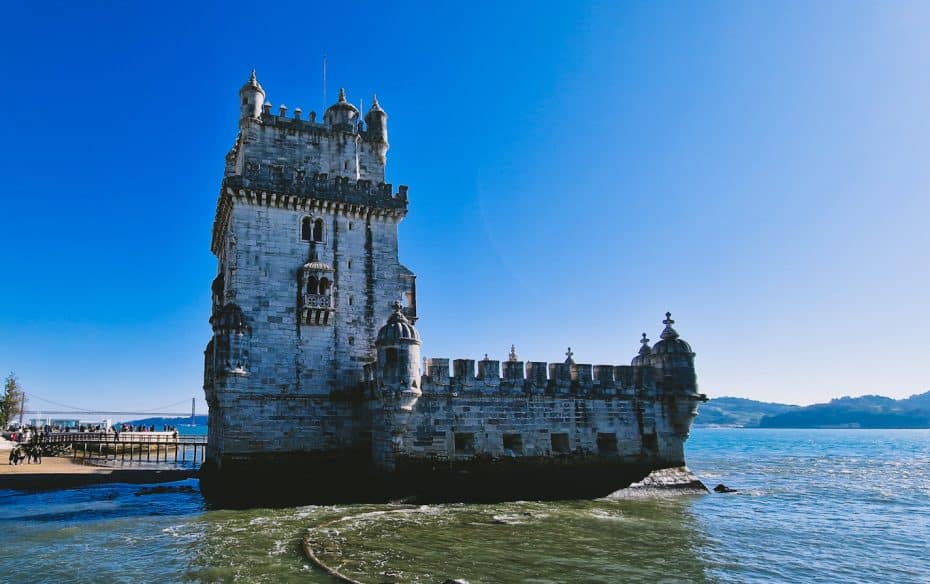
- Alfama District. Alfama is the oldest district in Lisbon, dating back to the Moorish occupation periods. The neighborhood’s narrow streets host many traditional tile-faced buildings. The Alfama community is famous for its Fado music venues and annual Saints’ festivities in June.
- Jerónimos Monastery. This monastery opened in 1502 and is another prime example of Manueline architecture. It houses the tomb of Vasco da Gama, a prominent Portuguese explorer who was the first European to reach India by sea.
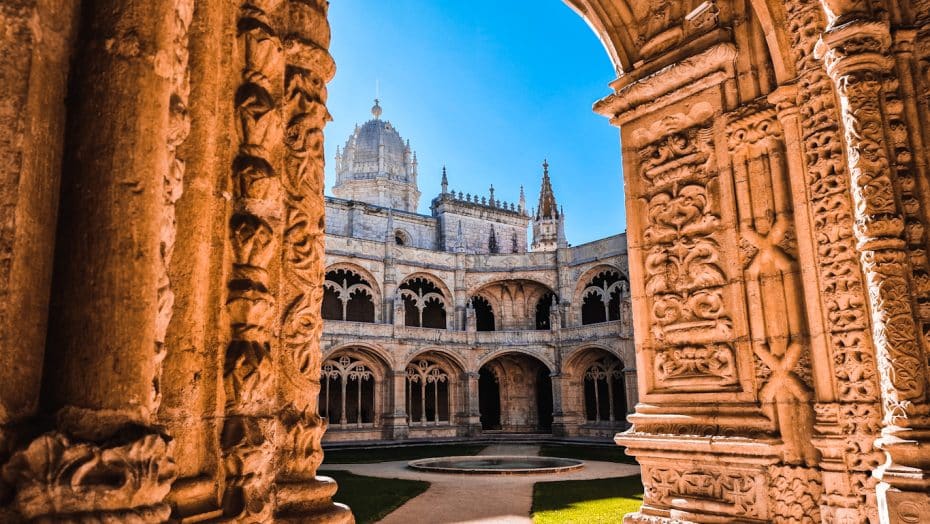
- São Jorge Castle. Located atop a hill overlooking Lisbon, this medieval fortress dates back to Roman occupation times. From the castle, you can get great panoramic views of Lisbon.
6. Lisbon Neighborhoods: Where to Stay
Choosing where to stay in Lisbon can make a huge difference in your experience. As a rule of thumb, you should aim to book a hotel that has good public transport connections and is in a somewhat central areal. After all, it is in these areas that you’ll find most of the city’s attractions. Here are the best neighborhoods to stay in Lisbon:
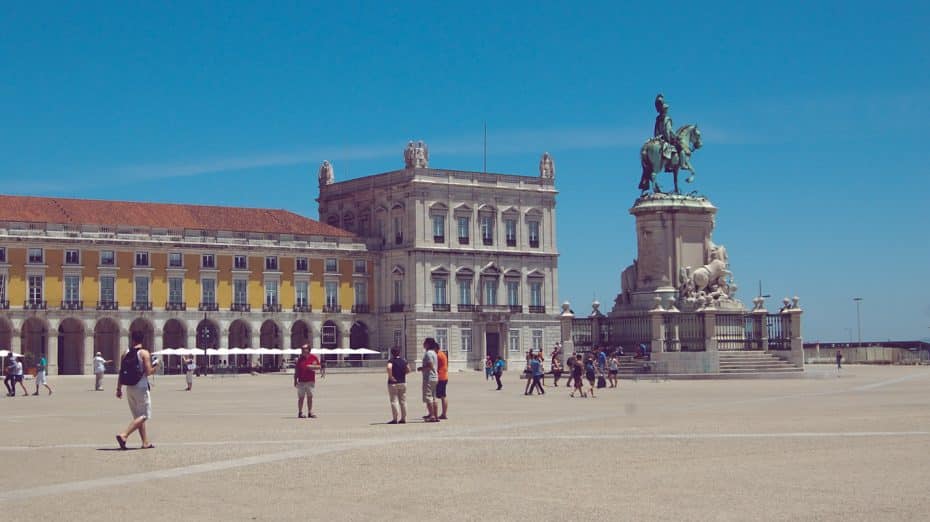
- Baixa. Baixa is the historic center of Lisbon and hosts attractions like the Praça do Comércio and the Santa Justa Lift. This is also a good area to stay in Lisbon for nightlife and has good metro connections. See accommodation in Baixa.
- Alfama. This charming area is a maze of narrow streets filled with restaurants and bars with terraces playing fado. From the neighborhood, you’ll get stunning views of Lisbon’s landscape. See accommodation in Alfama.
- Bairro Alto. The LGBT area of Lisbon par excellence, Bairro alto has several gay bars and clubs. Hence, this is one of the best areas to stay in Lisbon for nightlife. See accommodation in Bairro Alto.
7. What to Eat in Lisbon: Top Traditional Dishes
One must-try Portuguese dish is Pastéis de Nata, an egg custard tart with a flaky pastry crust. These delicious treats date back to the 18th century and originated in the Jerónimos Monastery. Today, Pastéis de Belém is a famous bakery and cafe where you can try their renowned version of this dessert. I can tell you from experience that it is impossible to eat just one!
Another traditional dish to try in Lisbon is Bacalhau à Brás. This dish features dried and salted cod flakes, crispy potatoes, onions, scrambled eggs, and parsley.
Finally, make room for Caldo Verde in of your meals, especially if you’re planning to visit Lisbon in the winter. This traditional Portuguese soup mixes shredded kale or collard greens cooked in a rich broth with sliced chouriço (smoked Portuguese sausage) and potatoes.
Tip: Booking a food tour of Lisbon will allow you to try the best food in the city from local-approved restaurants. You can read about my experience in a Lisbon food tour here.
8. Best Views in Lisbon
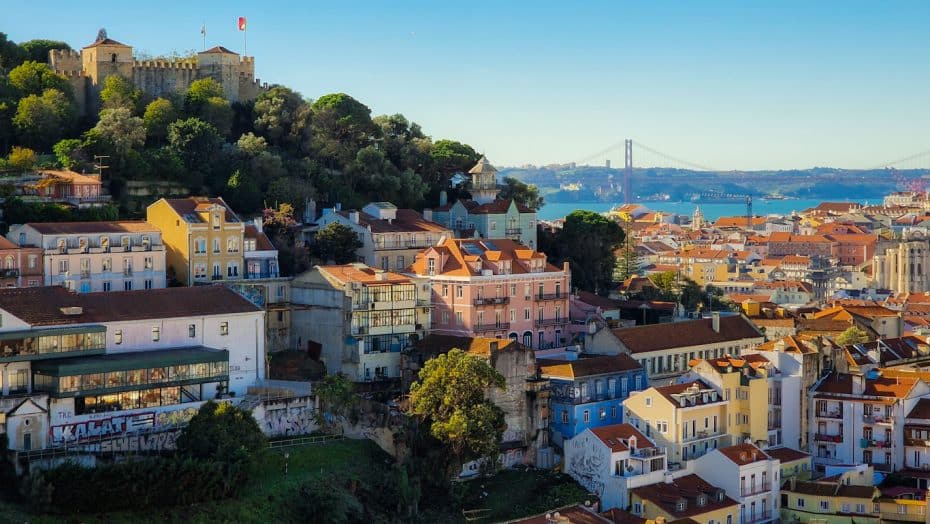
Lisbon is famous, among many things, for its hills. So, there are several miradouros (viewpoints) with great views of the city. Some of the best viewpoints in Lisbon are:
- Miradouro das Portas do Sol. This miradouro is in Alfama, one of Lisbon’s oldest districts, known for its Moorish influence. From this viewpoint, you can capture Alfama’s rooftops and renowned monuments like the Church of Saint Stephen and the Monastery of São Vicente de Fora.
- Miradouro da Graça. Located near the historical Graça church and convent, you can get an overview of central Lisbon from this viewpoint. Some important landmarks visible from Miradouro da Graça include the São Jorge Castle and Lisbon’s cathedral.
- Miradouro de Santa Luzia. Close to Miradouro das Portas do Sol in Alfama district, this viewpoint is adorned with decorative tiles and provides breathtaking views across the Tagus River.
- Santa Justa Lift. This lift connects the central Baixa district with the Chiado neighborhood. Besides its beautiful views, the lift is, on its own, a popular Lisbon attraction. Why? Because of its impressive Gothic-style facade.
9. Best Events and Festivals in Lisbon
Lisbon hosts several events and festivals throughout the year. Some of the best events include:
- Lisbon Carnival (Carnaval de Lisboa). This holiday is in February or March (depending on the Catholic liturgical calendar). Lisbon Carnival is a colorful celebration marked by parades, costume parties, and lively street entertainment. Inspired by Brazilian festivities, the event occurs at various locations across the city, with one of the main parades happening along Avenida da Liberdade.
- Festa de Santo António (Festival of Saint Anthony). Also known as Festas de Lisboa this annual event is on June 13th each year. Festa de Santo António honors Saint Anthony, Lisbon’s patron saint. The festival features neighborhood parties, folk music performances, traditional street dances known as marchas populares, and a parade along Avenida da Liberdade.
- NOS Alive. NOS Alive takes place at At Passeio Marítimo de Algés in July each year. NOS Alive is a music festival that showcases contemporary rock, indie, and electronic music acts. The event welcomes international artists, with past performers including Radiohead, Arctic Monkeys, Foo Fighters, The Cure, and Pearl Jam.
10. Hidden Gems of Lisbon
If you have some extra time to dive into the culture and history of the city, here are some lesser-known attractions to visit:
- Convento de Carmo. Built in 1389, this medieval convent was partially destroyed during the 1755 earthquake. Today, the ruins are a reminder of the city’s resilience and offer a glimpse of Gothic architecture.
- LX Factory. Occupying a former industrial complex, LX Factory has become a hub for creative enterprises, featuring art studios, workshops, galleries, and small businesses. It is one of the coolest, more alterative places to visit in Lisbon and one of my favorite spots too.
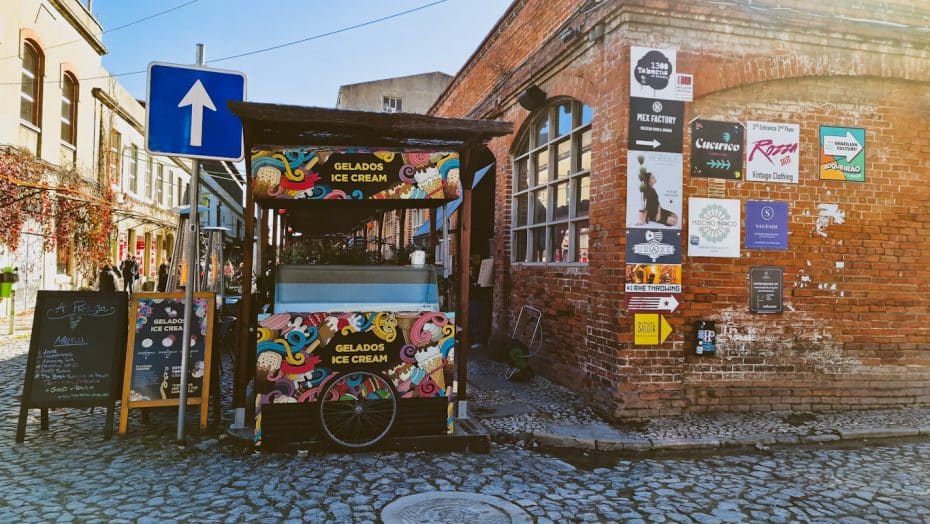
- The Royal Botanical Garden. Founded in 1768 by Italian botanist Domingos Vandelli, the garden spans 10 acres and houses over 10,000 plant species. It is an excellent location for if you love plants species
- Museu Nacional do Azulejo. This museum contains an impressive collection of traditional Portuguese decorative tiles (azulejos) dating back to the 15th century. It showcases the intricate craftsmanship of this distinctive art form.
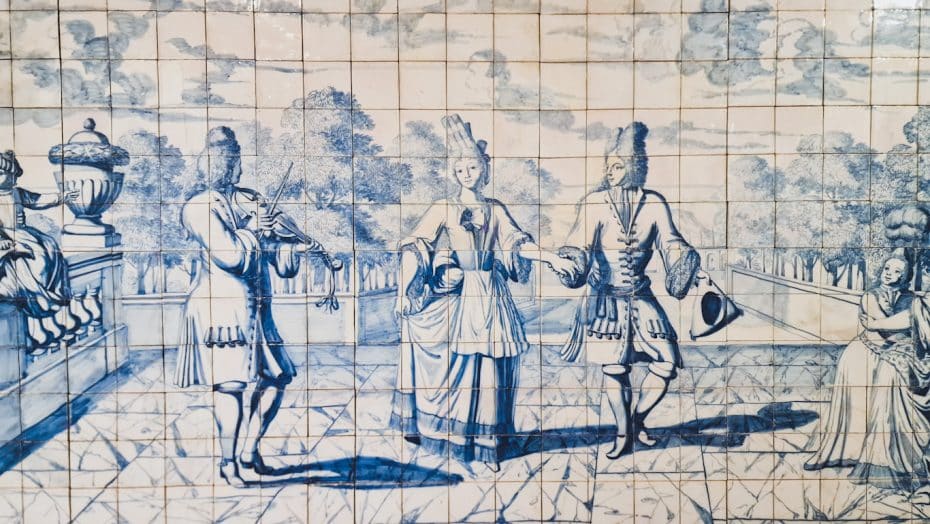
11. Best Day Trips from Lisbon
If you have some time during your first trip to Lisbon, you should visit neighboring towns. Here are two of the best day trips from Lisbo
- Sintra
Sintra is a town iapproximately 25 kilometers (15.5 miles) from Lisbon. This UNESCO World Heritage Site is well-known for its 19th-century Romantic architecture, particularly exemplified by Pena Palace. The palace, completed in 1854 under King Ferdinand II’s supervision is simply stunning. But Sintra has more to offer than fairy-tale like castles. The town’s streets are especially charming in the winter, when you’ll feel like you entered a Christmas snow globe.
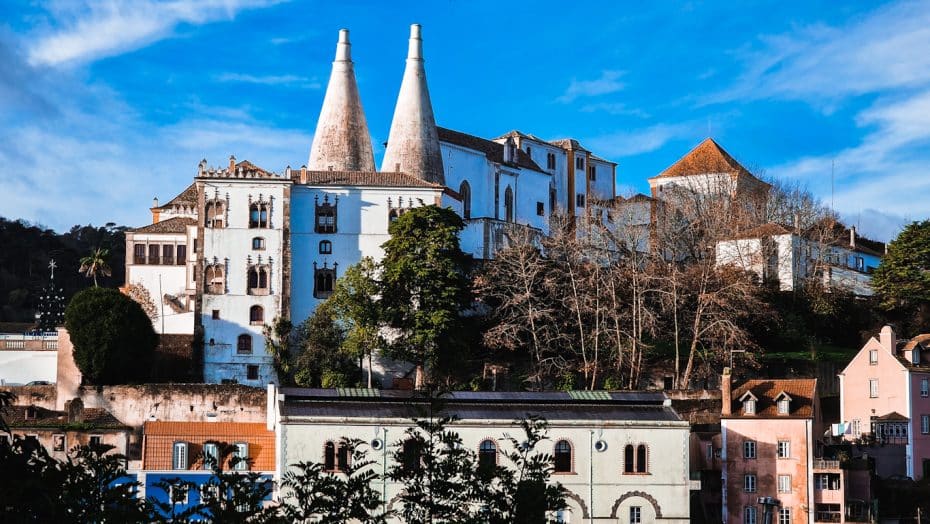
- Cascais
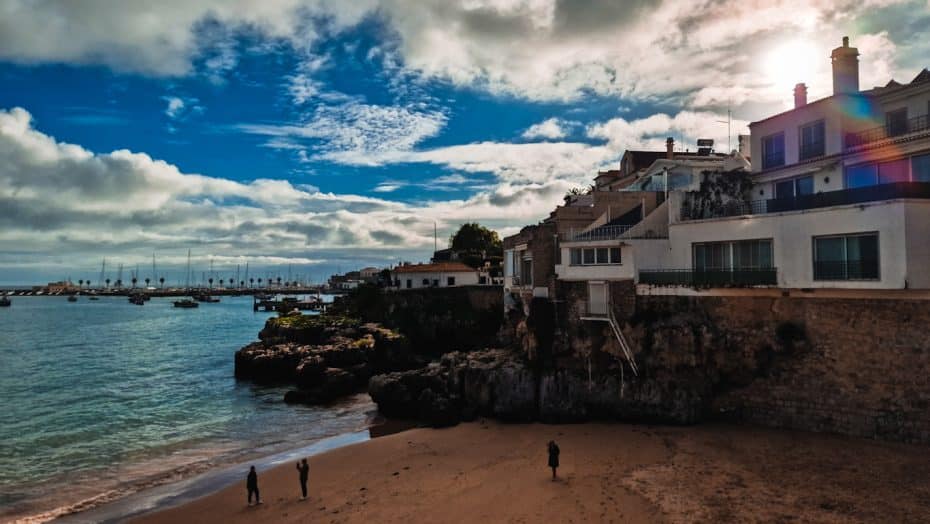
Cascais is a coastal town roughly 30 kilometers (18.6 miles) from Lisbon. Historically recognized as a fishing village, Cascais gained prominence in the late 19th century when the Portuguese royal family designated it a summer residence. The Santa Marta Lighthouse Museum and Marechal Carmona Park are significant attractions in this region.



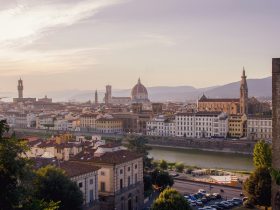
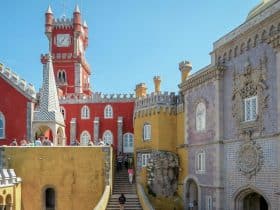

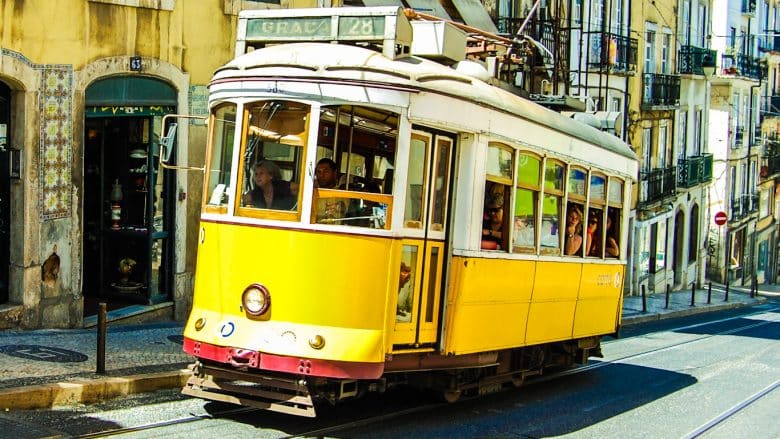
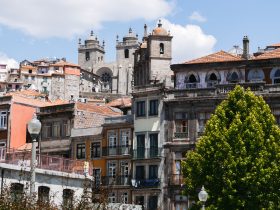
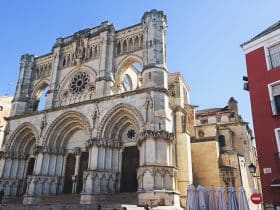

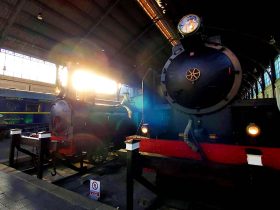
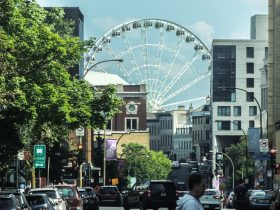
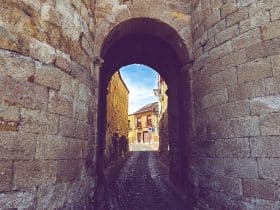










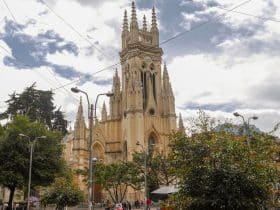
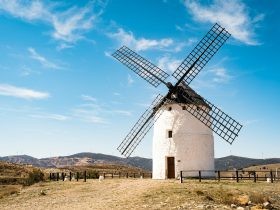


Leave a Reply
View Comments